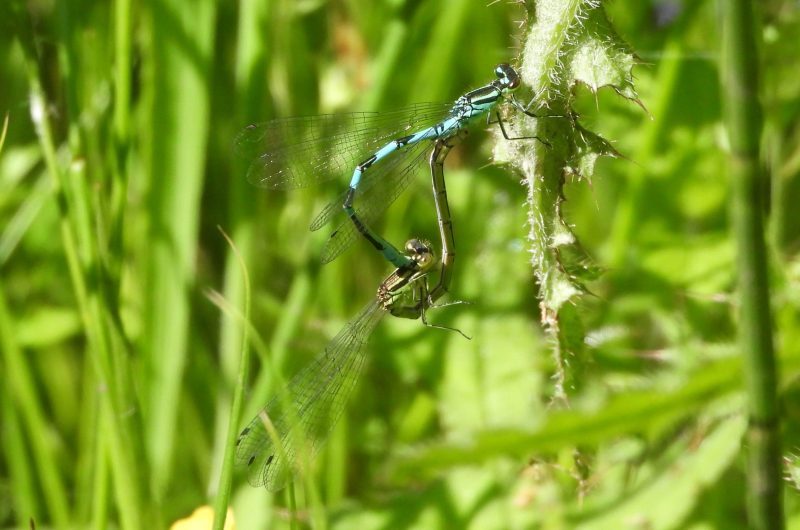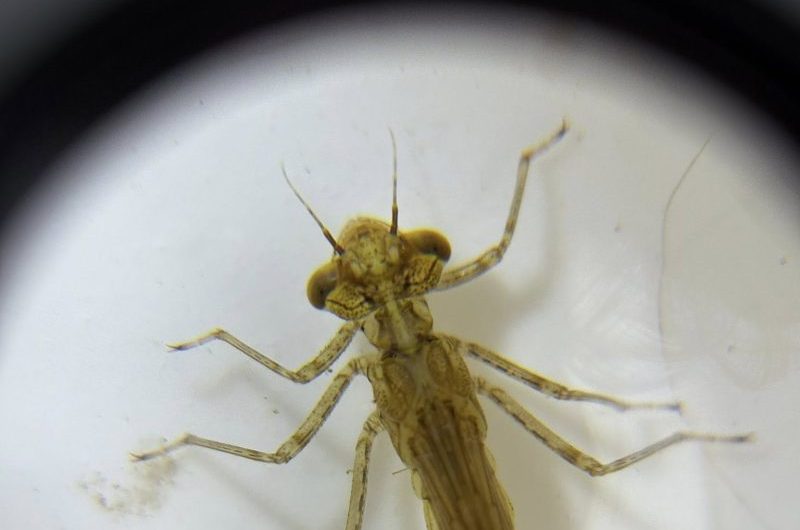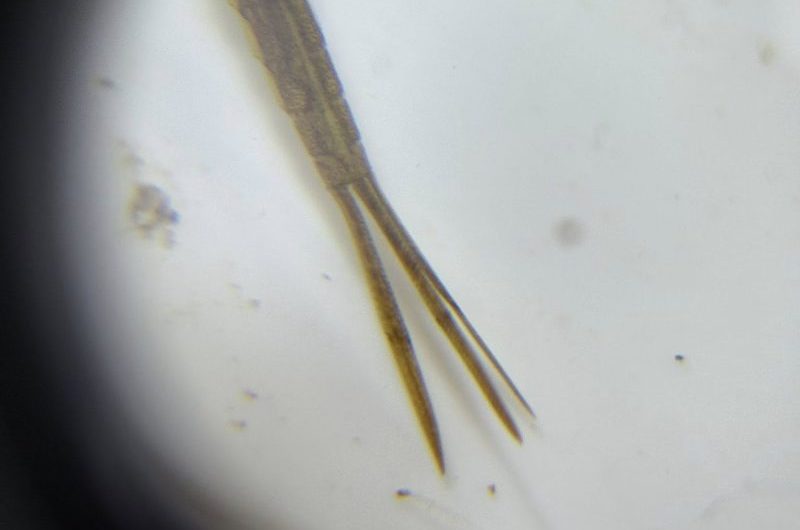Northern Damselfly (Coenagrion hastulatum)
Meet one of NESBiP’s Big 5, the Northern Damselfly. North East Scotland is the only place you can find this species in the UK. It’s a massive conservation concern currently, with habitat degradation and loss and climate change being key threats. These beautiful damselflies can readily colonise new ponds where they are within range and created correctly.
We asked local Northern damselfly champion, James Davidson, what he loves about swifts and why and how they need our protection. Check out his answers below.
What is a Northern damselfly, and why are they locally important?
The Northern Damselfly (Coenagrion hastulatum) is a weak flying blue damselfly species. Despite being widespread in northern Eurasia, is a rare and endangered damselfly species in the UK. It’s found exclusively in northeast Scotland. It is primarily found in Strathspey, Deeside, and Highland Perthshire. Nearly three-quarters of the breeding sites are found in the area from Kingussie to Grantown and from Braemar to Aboyne.
What can people do locally to protect Northern damselfly?
The initial key thing for the species is survey work and record submission (to NESBReC) so we can pin down where the species is present. We are starting to turn it up in new places. Highlighting where these ponds and lochans are is a huge help in protecting the species. Pond creation is also a route to protect and enhance the species. Urban or suburban garden ponds are unlikely to host the species, but larger garden ponds in rural areas and rural land managers who want to create ponds may find the species colonises. Inevitably, such ponds will have benefits for other dragonfly and damselfly species.
When is the best time to take action for the Northern damselfly?
Your top 3 tips for protecting the Northern damselfly?
- Submit your sightings to NESBReC – Northern Damselfly – British Dragonfly Society
- Create ponds, especially if you are in a rural area with space for a large pond.
- Spread the word! Let people know how important North East Scotland is for this species.
What is your favourite fact about the Northern damselfly?
They are “weak” fliers with a restricted range. Males are blue and black with a spade symbol marking at the top of their abdomen. Females are distinctly green from the side but mostly black from above.
Do you have any good examples people could learn from?
The British Dragonfly Society has a project currently focusing on recording the species.
We (Aberdeenshire Council) are doing some survey work on the areas of Aberdeenshire outwith that core range of mid- to upper Deeside to see if and where the species is present.
Learn how the National Trust of Scotland is helping Northern Damselfly at Castle Fraser by protecting and enhancing the habitat for them.

Northern Damselfly © Vivian Bisset

Male and female Northern damselfly

Larva head. Antennae with 6 segments and prominent spotting on the head.

Larva tail. Caudal lamellae are long and narrow with distinct dark nodal constriction and dark nodal lines.

James Davidson
Aberdeenshire Council

